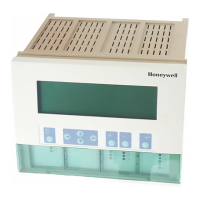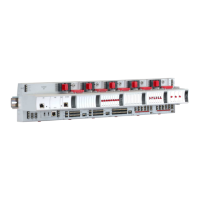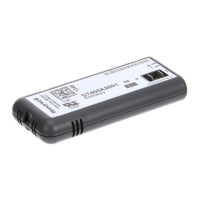Time synchronization in workgroups and Windows domains
By default, workgroups synchronize once a week and Windows domains synchronize during
logon or authentication, or once every 8 hours or so if not logged in. Within a Windows
domain, computers auto-configure themselves for time distribution.
For more information, see http://technet.microsoft.com/en-us/library/cc749145(WS.10).aspx.
The default time synchronization mechanisms for workgroups and Windows domains do not
meet control system specifications, which require localized, high-quality time
synchronization.
Level 1 network
The C300 Controller, FIM8, PGM, IEC 61850 Interface Module, and Safety Manager
require high-quality time served from a Network Time Protocol (NTP) or Simple Network
Time Protocol (SNTP) Server.
The quality of time determines how tightly events from different devices can be correlated,
especially with regard to digital Sequence of Events (DI SOE). For DI SOE, therefore, it is
recommended that you use a high quality external time source such as an IEEE-1588
(Precision Time Protocol)-based time server.
The most stringent requirement for time synchronization at level 1 is from controllers that
need high-resolution, digital sequence of events. An example of this requirement is in the
electric utilities where thousands of digital input points are monitored. Each state change is
time stamped to a minimum resolution of 1 ms. These state changes are logged. After certain
faults, such as a generator going offline, the log is frozen for later analysis to see which
condition led to the fault. Examples are turbine imbalance, drop in frequency of the grid,
circuit breaker trips, and so on. Critical physical and electrical events follow each other over a
short period of time and the log is used to identify which event happened first and caused the
rest. Typically the cause is used to back-charge the responsible party.
Level 2 network
At level 2, time is a gating factor used in many supervisory functions such as:
n
redundancy
n
event processing
n
system monitoring
Time stamping is also used in diagnostic messages. For example, Safety Manager notifies
Experion of all abnormal changes in system behavior by means of time-stamped diagnostic
messages.
Time synchronization
Honeywell 2017 38
